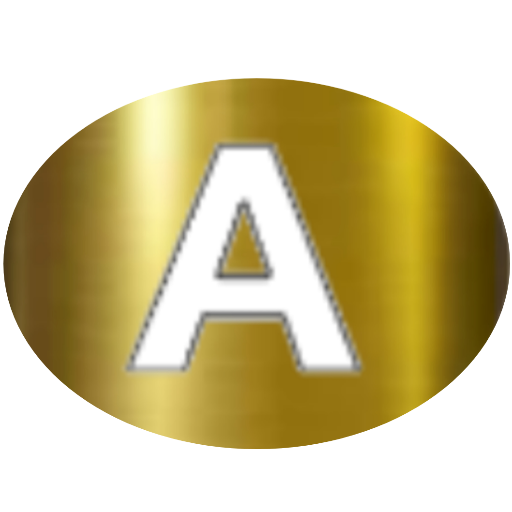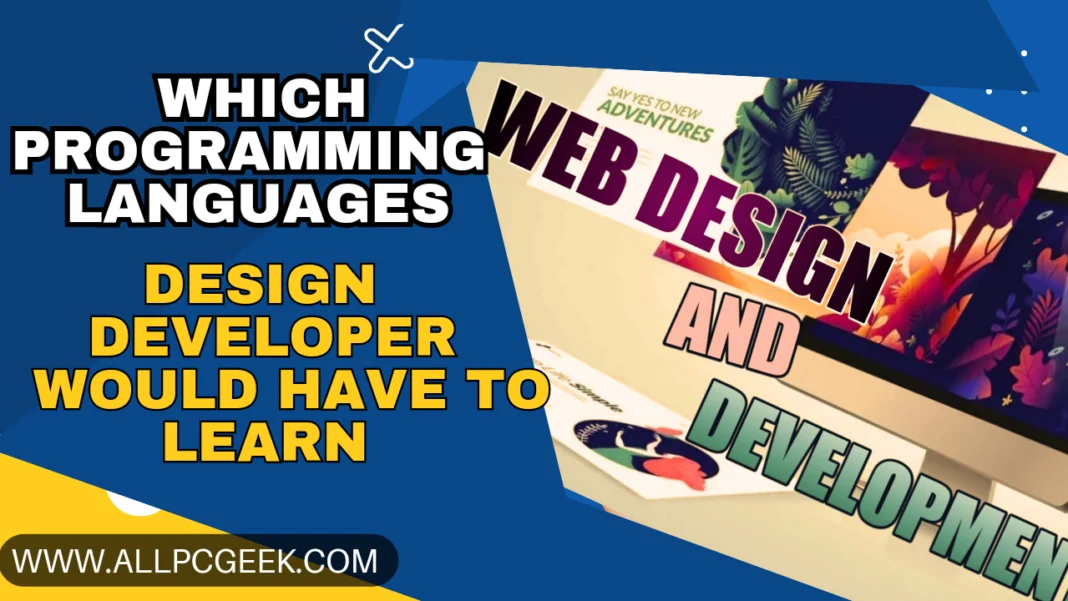Web designers focus mainly on the visual layout and user experience of a website, but understanding a few essential programming languages can dramatically improve creativity and workflow. Below is a clear breakdown of the key languages and tools every web designer — and future web developer — should learn.
1. HTML – The Core Structure of the Web
HTML (Hypertext Markup Language) forms the basic structure of every website. Designers use HTML to create headings, paragraphs, images, links, forms, and page layouts. It also improves accessibility, SEO, and responsive design.
2. CSS – Styling and Visual Presentation
CSS controls the appearance of a website. Designers use it for colors, fonts, spacing, animations, layout positioning, and creating responsive mobile-friendly designs.
3. JavaScript – Interactivity and User Engagement
JavaScript adds life and interactivity to web pages. It is used for menus, sliders, form validation, animations, and displaying dynamic content.
4. jQuery – Simplified JavaScript
jQuery is a JavaScript library that simplifies common tasks such as DOM manipulation, animations, AJAX calls, and event handling. It helps designers implement effects quickly with less code.
5. Bootstrap – Fast and Responsive Design
Bootstrap is a popular front-end framework that includes ready-made layouts, components, and utilities for building responsive, mobile-first websites with speed and consistency.
6. Adobe Creative Suite – Essential Design Tools
Adobe tools such as Photoshop, Illustrator, and XD help designers create graphics, logos, images, and interactive prototypes for websites.
From Web Designer to Web Developer
After mastering HTML, CSS, and JavaScript, designers can expand into back-end development to become full web developers. Essential languages include:
1. PHP – Server-Side Scripting
PHP powers dynamic websites, CMS platforms like WordPress, e-commerce systems, and APIs.
2. Python – Modern and Versatile
Python is widely used for web applications, automation, data processing, and machine learning integrations.
3. SQL – Managing and Accessing Data
SQL is essential for handling databases, retrieving and updating records, and powering data-driven web applications.
Additional Tools Developers Should Learn
- Frontend frameworks: React, Angular, Vue.js
- CMS platforms: WordPress, Drupal
- Web servers: Apache, Nginx
Final Thoughts
Start with HTML, CSS, and JavaScript as a designer. Then expand to PHP, Python, SQL, and modern frameworks to grow into a full web developer.
Related Articles:


